BAGHDAD - Holding a 3-foot wooden key-a symbol of a future of hope and the development of a safe and secure Iraq-Multi-National Forces - Iraq transferred on Dec. 15 control of the new multi-million dollar training facility from U.S. forces to the Ministry of Justice, the Iraqi Corrections System, and ultimately to the people of Iraq.
The new Iraqi Corrections Training Center, located near Baghdad, was constructed to consolidate various Iraqi correctional training sites into one location and provide full-spectrum training for Iraqi correctional officers and students.
"The idea was simple," said Brig. Gen. David Quantock, Commanding General of Task Force 134 in his remarks to the more than 200 attendees at the ceremony.
"[To] improve the capacity and capability of the Iraqi corrections service [we needed to] develop a state-of-the-art facility that can train and teach all correctional disciplines."
To run a correctional facility you need more than guards, stressed Quantock.
"You need mid-level supervisors, you need wardens, you need engineers, and you need administrators. This facility will be able to accommodate all those requirements and provide a training venue that allows for the development of a first-rate correctional officer."
The $28 million corrections training facility will be able to train and house nearly a 1,000 students or correctional officers at any given time. The center has four computer labs with more than 80 computers, a non-lethal firing range, 13 classrooms, a dining facility and a mock correctional facility that replicates a real prison. Students will be able to receive instruction inside classrooms and hone their skills with hands-on applications in the mock facilities.
The completion of this project has special importance for the civilians, Soldiers, and contractors of the Gulf Region District, U.S. Army Corps of Engineers in Iraq. They have worked for many months, side-by-side with Iraqis, to create a center that will make an impact on the people of Iraq long after the engineers leave the area, in line with the security pact signed with the Government of Iraq.
Robert Medlock, Gulf Region District project manager for the new Iraqi Corrections Training Center said this facility is critical to the training of Iraqi Correctional Officers (ICOs) who will become the first line of security for the detainees that have been secured in Iraq.
"This facility will help train, teach, prepare and motivate the ICOs to do a job that few can do," said Medlock.
According to Col. Dan Anninos, commander of GRD, responsible for the reconstruction efforts in Central and Northern Iraq, the professionalism and commitment to excellence of the entire team of Iraqis as they worked together with U.S. forces, has been key to the success of not only to the completion of this project but also in providing the citizens of Iraq a stable, secure and sovereign country.
"I am thankful for a workforce of American and Iraqi professionals that dares to dream of things that never were and make them real. Thousands of our facilities and trained Iraqi associates were nothing more than figures on a spreadsheet at one time.
"Today, they are a reality due to the hard work and deep commitment of our team-the key to the development of a safe and secure Iraq," added Anninos.
Although extremely proud of the completed facility, the actual structures were not the most important thing to Medlock.
"Being a part of this historic event and helping the people of Iraq create and sustain their own viable government and infrastructures has made today that much more special; I am privileged to have been a part of such an event by being a member of the elite force of Corps of Engineers team members," concluded Medlock.
-30- For high resolution photos: www.grd.usace.army.mil/news/releases/index.asp
Note: Ron Elliott is a public affairs specialist with the Gulf Region District, U.S. Army Corps of Engineers, Iraq. For more information, contact Ron Elliott at 540.665.5339 or email requests to Ronald.J.Elliott@usace.army.mil. For more information on the U.S. Army Corps of Engineers in Iraq, visit www.grd.usace.army.mil.
The Gulf Region District, headquartered in Baghdad, is a joint effort comprising Civilians, Soldiers, Sailors, Airmen and Contractors. GRD provides quality and sustainable engineering in support of civil/military construction in Iraq. GRD and its Iraqi partners are building a strong foundation for Iraq's future.
BUILDING STRONG® is the official slogan of the U.S. Army Corps of Engineers
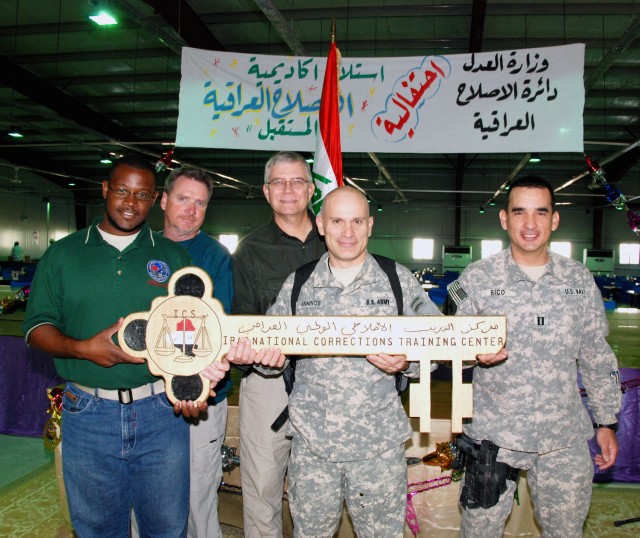
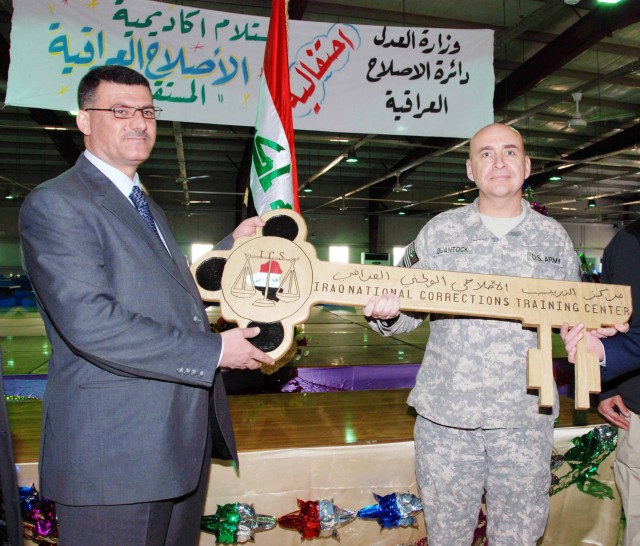
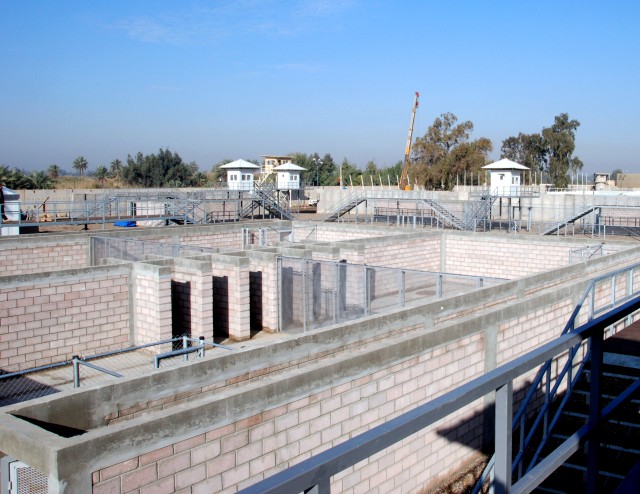
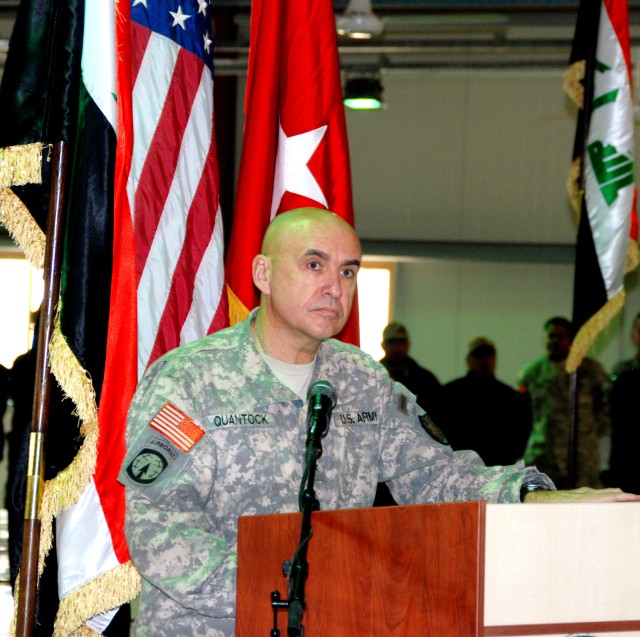
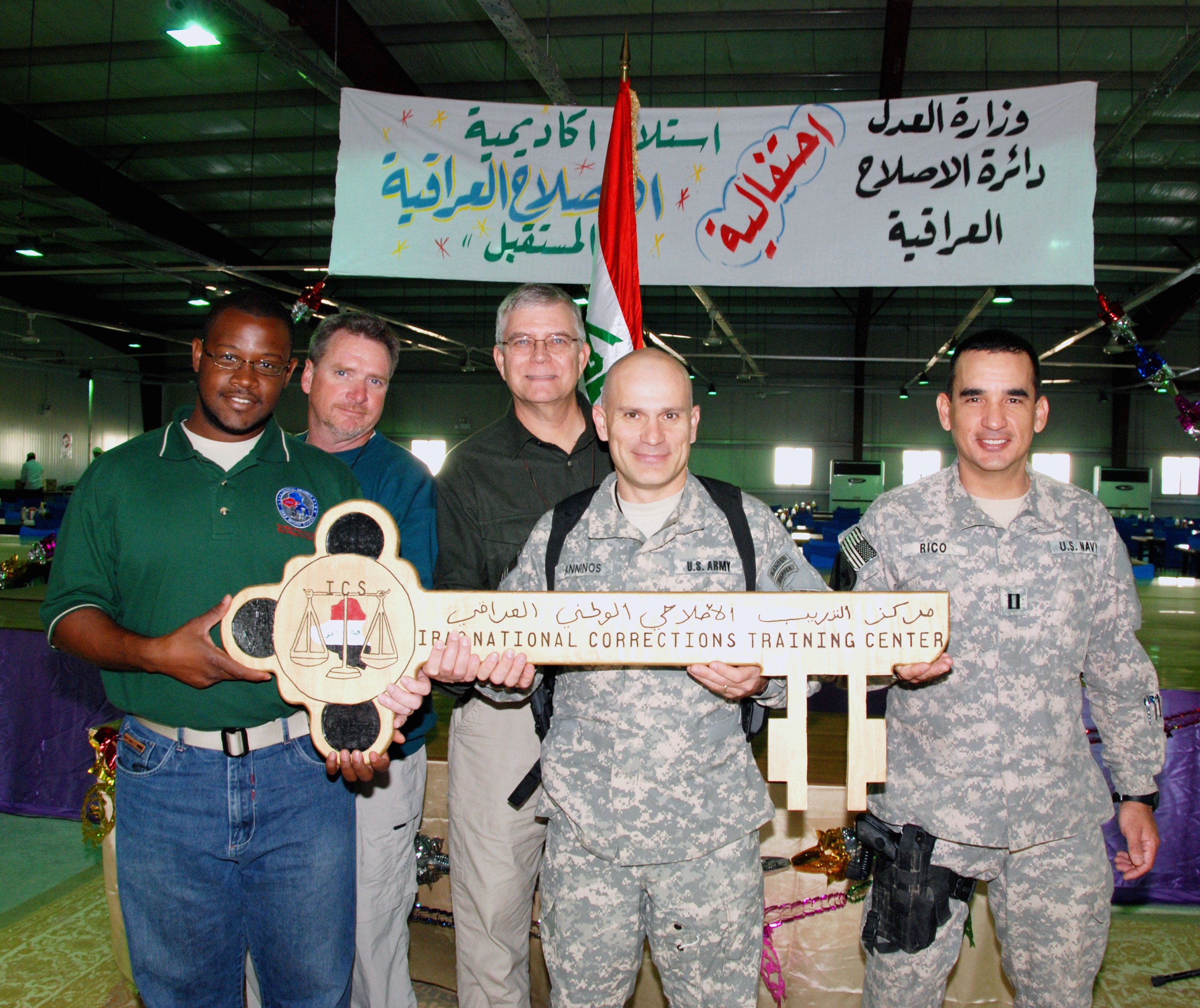
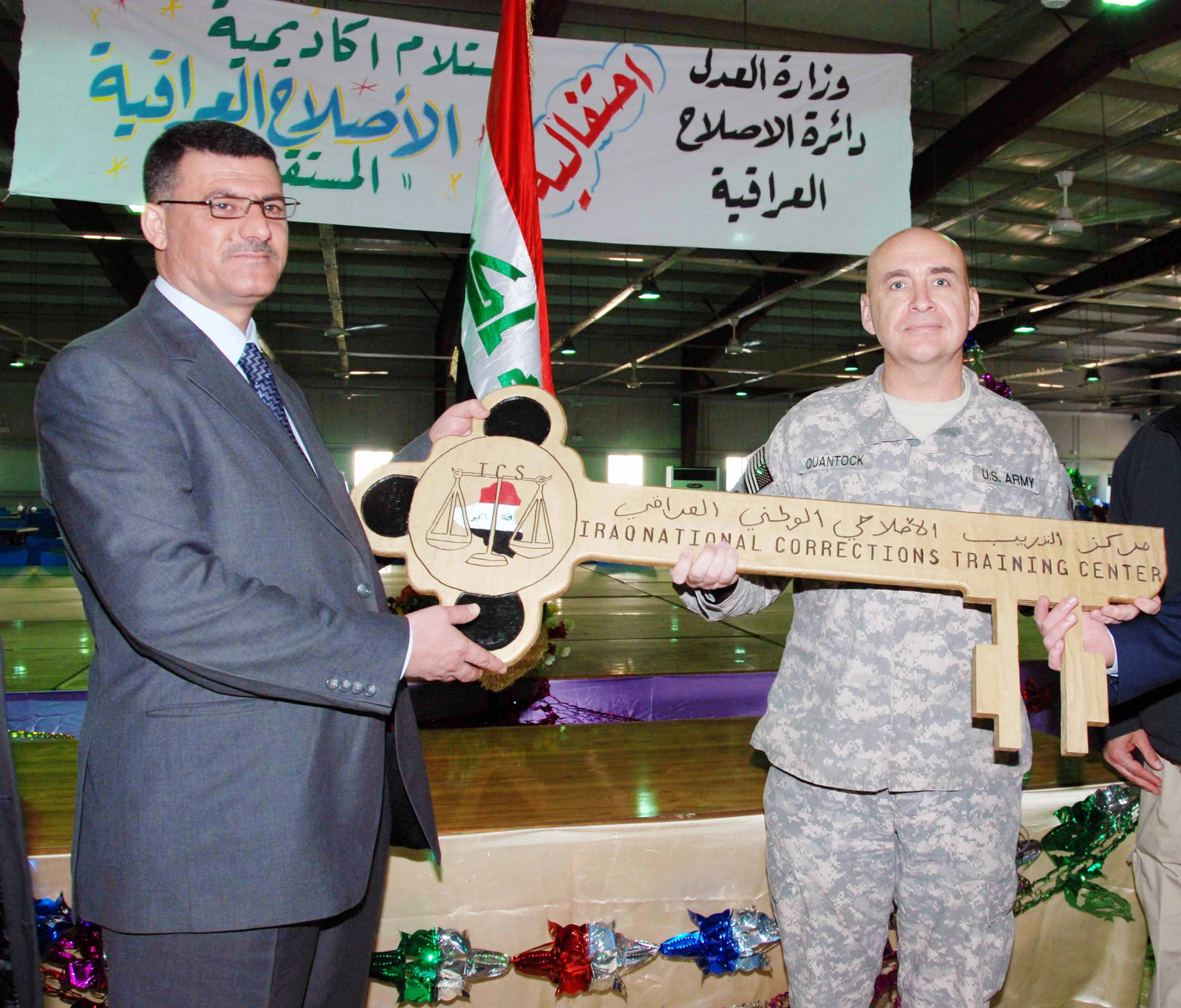
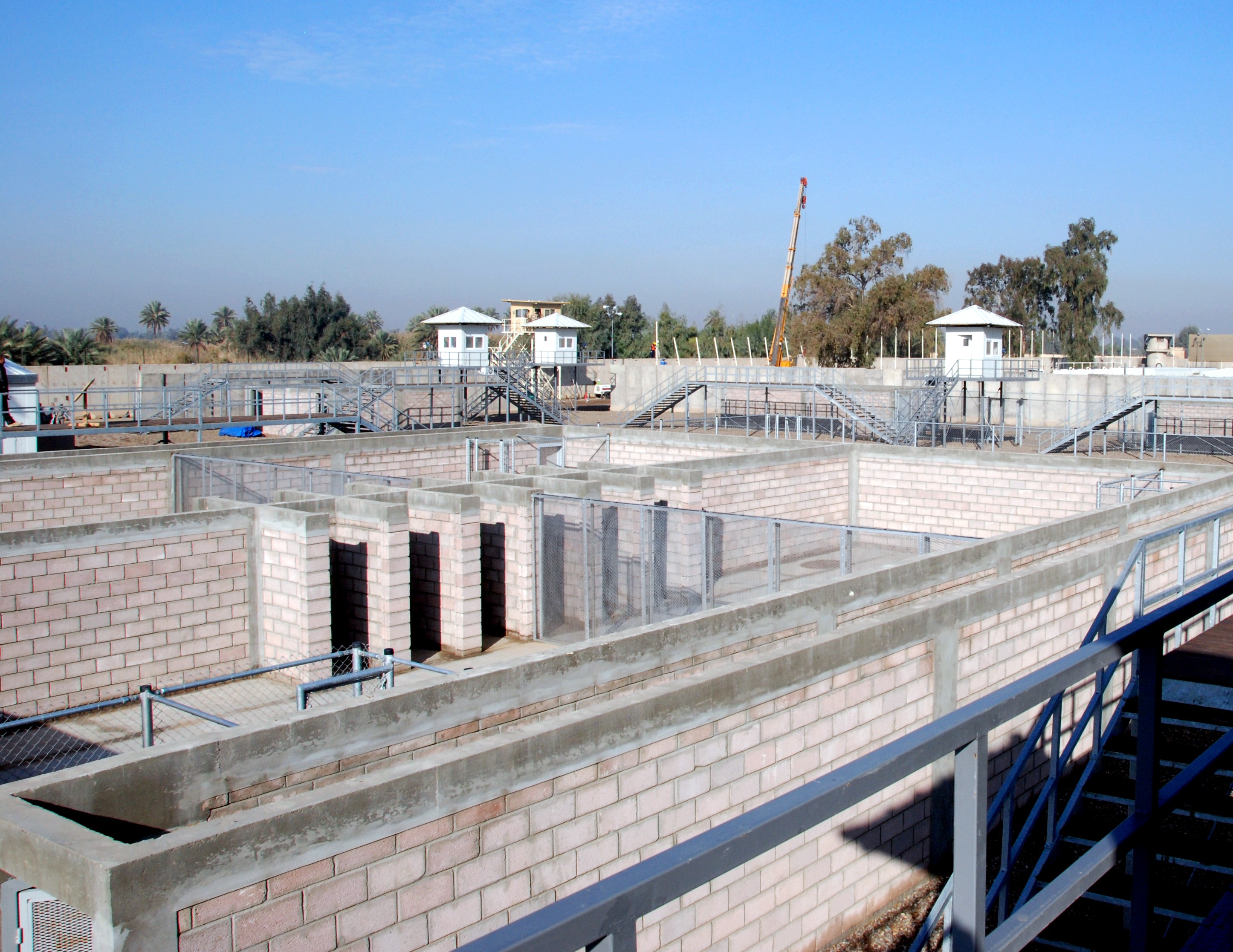
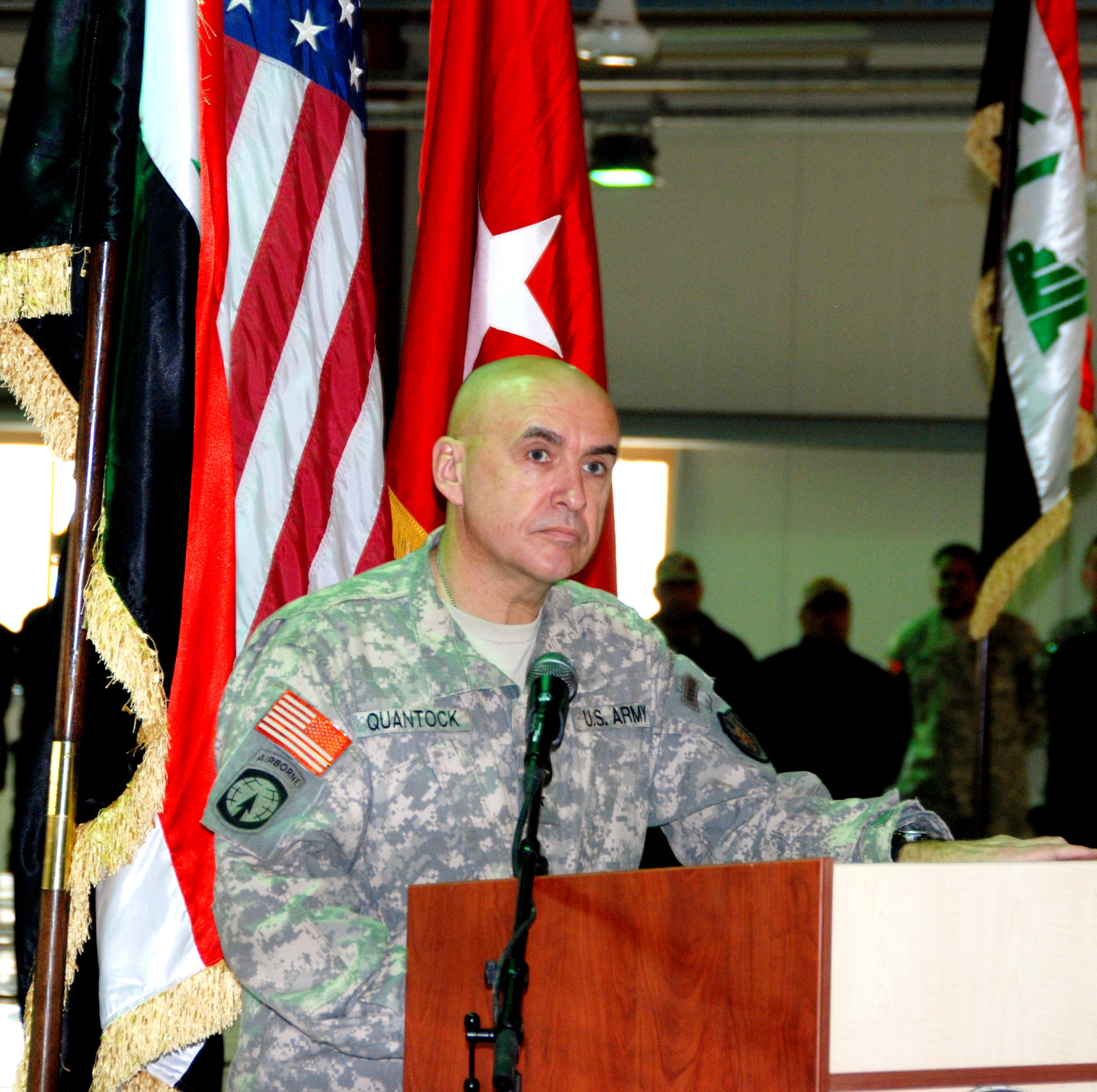
Social Sharing